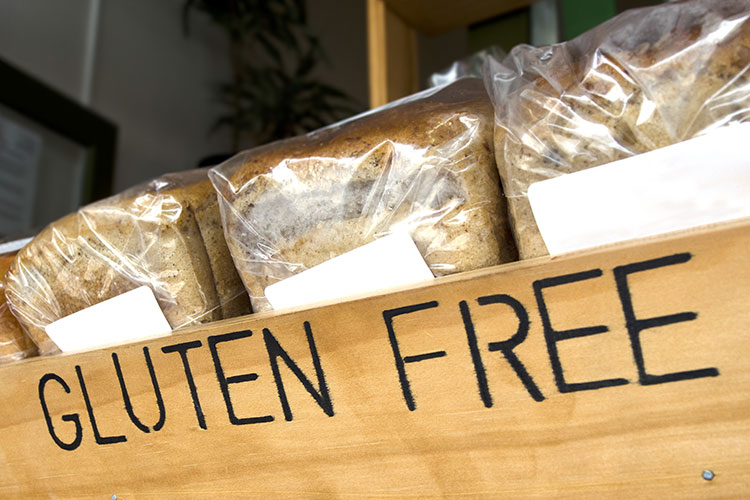Gluten-free breads continue to be a popular option for people who perceive health benefits in gluten-free (even if they don’t have celiac disease).
Corbion polled more than 500 consumers to get a sense of gluten-free’s reach. Here are some of the findings as analyzed by JoAnn Rupp, Corbion’s global market insights manager:
Have you eaten gluten-free bread?
Almost a third (32%) of participants stated they eat gluten-free bread.
How would you describe its taste, texture and freshness on a scale of 1 to 10?
According to the participants who stated they ate gluten-free bread, freshness, taste and texture were ranked high as far as being good or very good.
- Freshness: 81% of the participants ranked this as being good or very good.
- Taste: 69% of the participants ranked this as being good or very good.
- Texture: 66% of the participants ranked this as being good or very good.
If you haven’t tried gluten-free bread, would you ever try it? Why or why not?
Out of the participants who said they didn’t eat gluten-free bread, 73% stated they would try it. The most common reasons these participants don’t currently eat gluten-free bread is due to the higher cost and the fact that they don’t have celiac disease or any dietary restrictions related to gluten.
What would make you more likely to try gluten-free bread?
There were some participants who noted if the taste and texture of gluten-free bread were as good or better than traditional bread, they’d be more likely to give it a try.
While today’s consumers are more adventurous and willing to branch out and try new, different products, Rupp said one thing remains clear.
“If it’s not tied to a health concern or allergy, consumers are not willing to sacrifice taste or quality. And if they perceive any degradation, they will return to their traditional purchase.”


